Numerous colleges in the US use rolling admission, but what is the system all about? In a nutshell, rolling admission is a different approach to handling applications; instead of having a fixed set of deadlines as is the norm, your college of choice will simply review them as they come in. This is good news for college applicants since it allows for more time to get one’s proverbial ducks in a row.
Moreover, it gives you a better chance at succeeding with your application, not to mention how it gives you access to resources like financial aid and housing. It truly is a revolutionary approach that does away with deadlines, a concept that many colleges now see as antiquated and inefficient. However, don’t make the mistake of thinking that the timeline of how you approach your college application suddenly doesn’t matter – it does.
So in today’s post, we’ll delve into what rolling admission is, its pros and cons, and we’ll also throw in some actionable steps you can take to stay prepared as you get ready to transition to college.
Rolling admissions: what do they mean?
A quick heads-up: some students don’t get the rolling admission meaning right, making the assumption that this is the new way of doing things on a global scale. The fact of the matter is, this only applies to some colleges, not all. Those who do have a rolling admissions policy in place simply choose to evaluate applications as they arrive, making the process easier for everyone involved.
Colleges with a rolling admissions policy with typically let you know whether your application was successful anywhere in the range of 4-6 weeks. The catch is, that this can only go on until there are still some slots available. Typically, admissions begin in September and end in spring. Therefore, you don’t exactly have an infinite amount of time. As you can see, applying early is in your best interest, and knowing whether you got in or not sooner rather than later is certainly a valuable piece of information to have.
Rolling admissions: key takeaways
- Real-time application processing replaces fixed deadlines
- This system lets college officials use their resources more efficiently
- They attract a wider pool of students (especially those who are considering multiple options)
- It allows colleges to adapt to the demand
- It allows colleges to maintain a dynamic admissions environment
The pros and cons of rolling admissions
Whether you’re on board with this new approach to admissions or not, it’s important to look at things objectively. This is why we’re going to list both the pros and cons of the rolling admissions process.
Pros
- Increased chances of getting in. Typically, you should take your shot when there are plenty of positions available, which is at your earliest convenience.
- Reduce stress in your senior high school years. While certain seniors focus on taking their SAT, others might pour their efforts into maintaining a high GPA. Therefore, securing that letter of admission early should dramatically lower your stress levels while allowing you to focus on other things that matter.
- You can take more shots. What if you won’t be able to get into the first due to a bad GPA or similar reasons? Take advantage of rolling admission meaning that you get to apply to the most difficult to get into colleges first and then gradually progress to the easiest colleges with the lowest requirements.
- Get a scholarship or financial aid before funds are depleted. Yes, those funds are limited, so the notion of ‘first come, first served’ tends to prevail.
Cons
- Spots at the university can get snapped up rather quickly. What would you rather be up against: a concentrated pool of high achievers with the perfect SAT score or a random group of applicants? If it’s the latter, you better submit your application early. The fact of the matter is, as spots fill up, the competition that you’re going to have to overcome gets tougher. Remember that the early bird gets the worm!
- There may still be priority deadlines. Certain colleges such as Penn State have a priority deadlines policy. But what does it mean? In essence, they closely resemble traditional college application deadlines despite having a rolling admission system in place. The reason is that these schools have limited availability in their class. As you can see, this is all the more reason to apply early.
- Not as much time to ace your ACT and SAT scores. In essence, rolling admission means there is going to be a certain pressure to apply early, so you’d better have your standardized exam scores all polished up and ready to go before then. Well, at least if you want to put together a decently competitive application that is.
Rolling admissions: what’s in it for the colleges?
The rolling admission meaning is generally seen as something positive, a win-win for both interested parties involved. As discussed above, it takes a great deal of pressure both from college officials and applicants alike. This is easy to see if you place yourself in their shoes; instead of having to shovel through thousands of application letters, they get to process them one at a time as they come in. If the school in question doesn’t have the luxury of having a large number of qualified admissions officers on board, this can make a significant difference.
Early action vs. early decision vs. rolling admissions: differences explained
Perhaps you’ve come across all of the following terms as they’re somewhat related:
- Early Action
- Early Decision
- Rolling Admissions
To clarify their meanings, we’re going to give you a short rundown on each:
Early Action
This arrangement comes with a fall deadline (typically around the 1st-15th of November). If you get accepted, the offer is non-binding, meaning you are free to explore your other options. The college’s decision is typically communicated in December.
Early Decision
As the name suggests, you’re going to need to apply fast, typically by November. Compared to Early Action, getting accepted as part of an Early Decision is indeed a binding commitment. This means you’re going to need to enroll in your school of choice and withdraw all your other applications. As you can tell, this is the preferred choice for colleges as it allows them to manage their yield better. Similarly to Early Action, the college’s decision will usually be communicated in December.
Rolling Admissions
We’ve discussed this before, but just to recap for comparison purposes: rolling admission meaning implies that a certain college will be accepting new applications on an ongoing basis. This allows for flexible deadlines and generally a lesser amount of pressure on both the college officials as well as the students. Note that, once the spots are filled, the offer is no longer valid, so there is still a certain amount of pressure involved. Once you’ve applied, you’ll typically hear back within 4-6 weeks. At any rate, the college’s decision is non-binding.
EA vs. ED vs. RA: an overview
| Criteria | Early Action (EA) | Early Decision (ED) | Rolling Admissions |
|---|---|---|---|
| Application Deadline | Specific deadlines, typically between November 1st and December 1st | Specific deadlines, usually by the end of October | No specific deadline; applications reviewed as received |
| Decision Notification | Early notifications, usually between mid-December and February | Early notifications, typically around mid-December | Decisions within a few weeks after submission |
| Binding Nature | Non-binding; can apply to multiple schools | Binding; must enroll if accepted | Non-binding; can apply to multiple schools |
| Comparison of Offers | Allows comparison of offers and financial aid packages | No comparison; must commit to the accepted school | Allows comparison of offers and financial aid packages |
| Acceptance Rate Influence | May slightly boost acceptance odds due to early application | Generally favorable for those with a clear first choice | Acceptance rates may vary based on when you apply |
| Withdrawal Requirement | No requirement to withdraw other applications | Must withdraw other applications upon acceptance | No requirement to withdraw other applications |
A step-by-step guide on how to take advantage of rolling admission
Before we wrap it up, we’d like you to know that, at Novel Prep, we have a proposed ‘plan of attack’ that we recommend to our students. The steps are as follows:
- Do your due diligence. Study up on the deadlines and possible requirements. Note that note every college operates on a rolling admission system.
- Don’t delay and start submitting your applications. Many students can become complacent due to the system’s somewhat more lax timeline, but don’t fall into this trap. If you delay for too long, the available spots are going to dry up, and the level of competition you’ll be up against will probably tighten. The good news is, you can avoid this situation altogether by being an early action-taker.
- Start preparing for SAT/ACT as soon as possible. At Novel Prep, we have a summer prep school just for that purpose, allowing you to get acquainted with the material outside of the regular pressures of school. Generally speaking, it’s a good idea to take the SAT as soon as possible, given that you can re-take it at will. Our experience has shown that students take it at least twice, and most of them improve their overall score, and SAT superscore that way.
- Polish up your college application. Whether it be securing one more letter of recommendation or boosting your grades through tutoring services, preparing a competitive application can sometimes take months or even years. And yes, this includes polishing your personal essay. So give yourself ample time to do it, diligently updating it should the need arise.
- Secure your scholarship or financial aid. Once again, time is of the essence if you want to boost your chances. This is particularly true for FAFSA. Keep in mind that the funds available are limited, and they are distributed on a first-come first-served basis.
Conclusion
Now that you understand the rolling admission meaning and the timeframe in which to submit your college applications, be advised that you should not fall into the trap of complacency. In fact, at Novel Prep, we advise our students to submit them at their earliest convenience; since the college’s decision is non-binding, there is no reason not to, as this gives you the freedom to explore your other options without extra pressure.
FAQs
How does the rolling admissions system compare with its traditional counterparts?
Rolling admissions means that the college processes student applications as they come in, without a formal fixed deadline. This was designed to relieve some of the stress, both on the students as well as the college officials’ end.
Is it easier to get into college with rolling admissions?
If you apply early, it might be somewhat easier, as you’re likely to be up against a competition that is not so severe. Plus, there will be more spots available in the early stages of the admissions process. If, however, you delay your application, the reverse scenario applies.
How do Rolling Admissions compare to Early Action?
Please consult our comparison table above. The main difference is that with Early Action, once accepted, the decision is binding, whereas with Rolling Admissions, it is not.
How soon should you apply for Rolling Admission?
At your earliest convenience. This not only bolsters your chances of securing a scholarship and financial aid, but also it puts you up against much less fierce competition. Don’t wait for the open slots to fill up!



